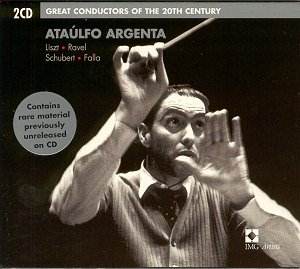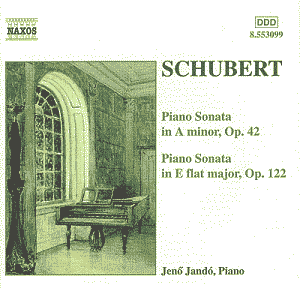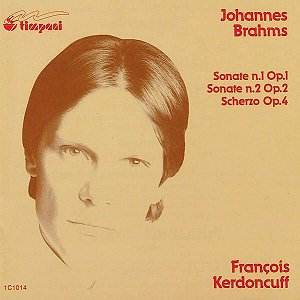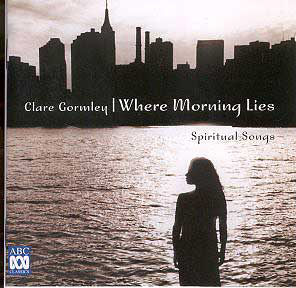 Composer: Ataúlfo Argenta
Composer: Ataúlfo Argenta
Works: _Great Conductors of the Twentieth Century – Volume 3_ (includes Liszt: A Faust Symphony, Ravel: Alborada del Gracioso, Schubert: Symphony No. 9 The Great, de Falla: El amor brujo)
Performers: Orchestre de la Société des Concerts du Conservatoire, Orchestre des Cento Soli
Recording: Rec Maison de la Mutualité, Paris; Théâtre des Champs-Élysées; Salle Wagram, Paris (1951-1957)
Label: EMI
Ataúlfo Argenta, a conductor often overshadowed by his more celebrated contemporaries, emerges with renewed significance in this engaging collection from EMI Classics. Representing a range of works from Liszt to de Falla, this compilation not only showcases Argenta’s interpretative prowess but also positions him within a broader historical context, illuminating his contributions to the Spanish and French musical landscapes of the mid-20th century.
Argenta’s interpretation of Liszt’s A Faust Symphony is strikingly virtuosic, marked by a fiery conviction that reanimates this often-overlooked score. The absence of the choral finale allows Argenta to emphasize the orchestral textures, creating an intense dialogue between the thematic material and the orchestra. The first movement, in particular, resonates with a Tchaikovskian fervor, revealing parallels that evoke the emotional landscapes of Manfred Symphony. This audacious reading makes a compelling case for Argenta’s alignment with Liszt’s dramatic impulses, even as it diverges from conventional interpretations.
The Symphony No. 9 in C major by Schubert, while slightly slower than some may prefer, gains a contemplative depth under Argenta’s baton. The slower tempo highlights the Brucknerian climax at 4:19, offering a moment of awe that is often lost in more brisk renditions. However, the interpretation may not resonate with all listeners, especially those accustomed to a more spirited approach. The andante flows with a steady pulse that is both precise and lyrical, though the scherzo’s rougher edges carry a tartness that may not align with Schubert’s beloved pastoral qualities. Despite its shortcomings, this reading of The Great stands as a testament to Argenta’s commitment to exploring the symphony’s emotional range.
Argenta’s handling of de Falla’s El amor brujo is another highlight of this set. The recording, while showing some age, captures a vibrant orchestral interplay that breathes life into the score. The Pantomima, characterized by its haunting melody, is executed with a nuanced touch, allowing the violin tone to soar amidst the ensemble’s lush textures. Mezzo-soprano Ana Maria Iriarte delivers a performance that is both powerful and sensitive, her guttural hues effectively conveying the gypsy spirit inherent in the music. This interpretation may very well rival other notable recordings, including the esteemed version by Arvid Jansons, particularly in its vibrant expressiveness and clarity of expression, making it a noteworthy contender for any collection.
The technical aspects of the recordings vary, with the Schubert symphony presented in stereo, providing a more immersive listening experience compared to the mono recordings of Liszt and de Falla. The engineering choices, reflective of their time, occasionally compromise the brilliance of climaxes, particularly in the Alborada del Gracioso, where the recording’s brashness is somewhat muted. Yet, the clarity of the string section and the overall balance in the orchestral textures remain commendable, allowing Argenta’s interpretative choices to shine through.
Argenta’s standing in the pantheon of conductors has often been obscured by the comparative adulation for figures like Kubelik and Stokowski. This set serves not only as a revival of his work but as an invitation to reassess his artistic legacy. The recordings, enriched by informative liner notes and historical context, provide a comprehensive view of Argenta’s artistry, making a strong case for his recognition as a significant figure in 20th-century conducting.
This release is more than a mere collection; it is a compelling document that beckons listeners to engage with Argenta’s distinctive interpretations. With its blend of passionate execution and historical significance, this set is poised to enhance our understanding of both Argenta and the repertoire he cherished. The combination of his fiery interpretations and the vibrant orchestral colors makes for a rewarding listening experience, one that transcends the nostalgia of its period and speaks to the heart of the music itself.



